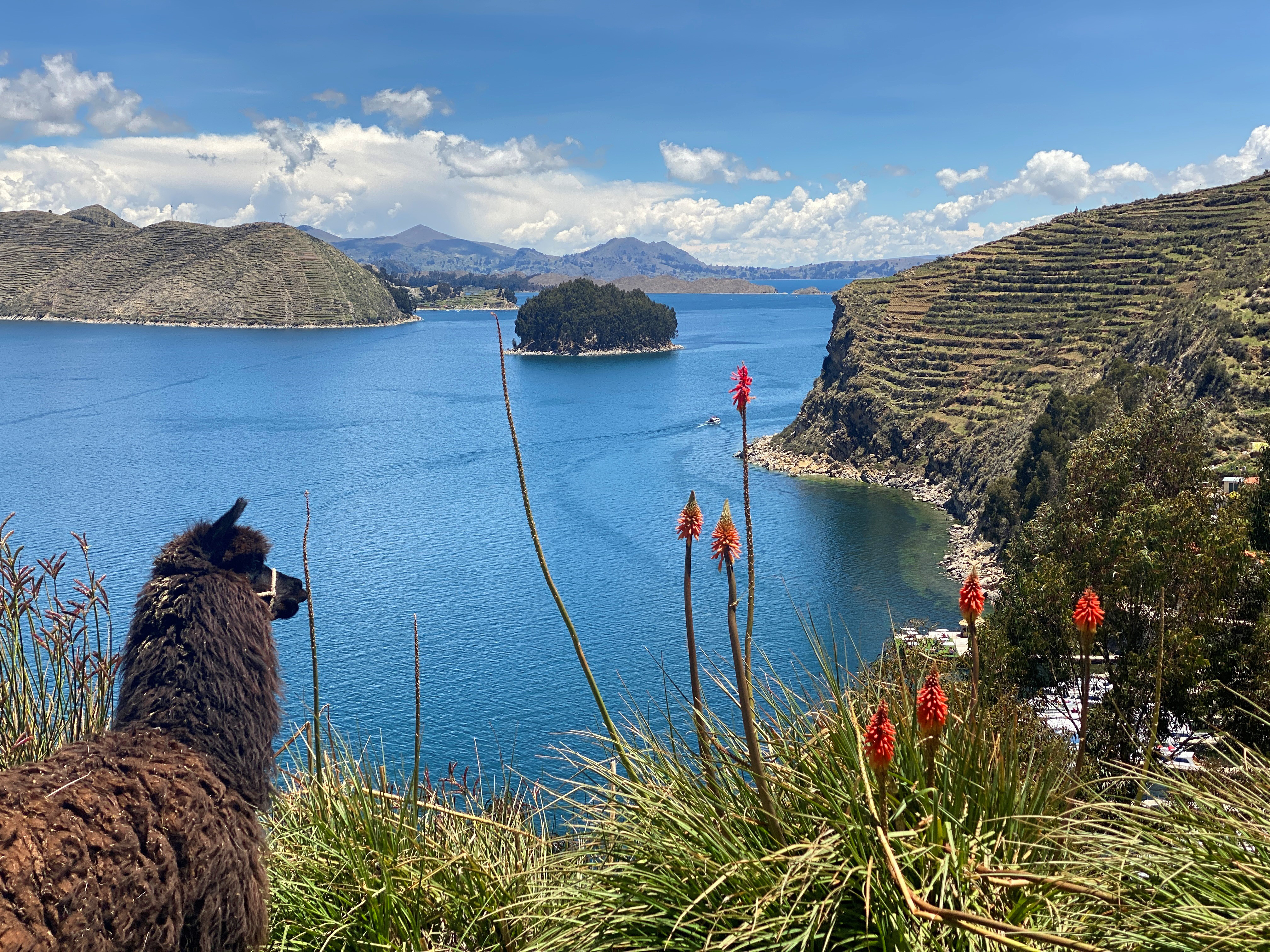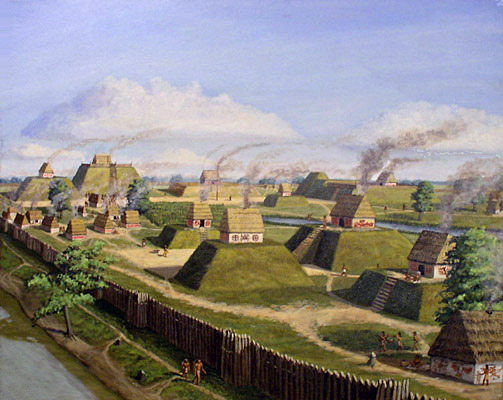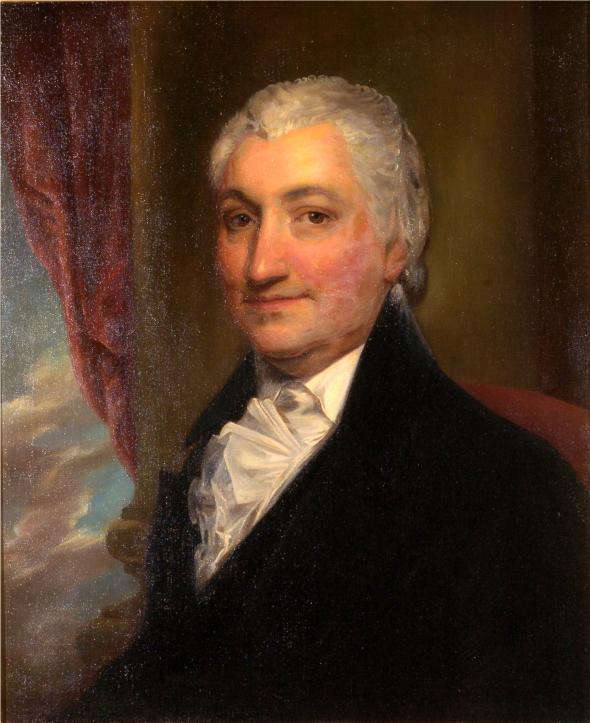|
Tiahuanaco
Tiwanaku ( or ) is a Pre-Columbian archaeological site in western Bolivia, near Lake Titicaca, about 70 kilometers from La Paz, and it is one of the largest sites in South America. Surface remains currently cover around 4 square kilometers and include decorated ceramics, monumental structures, and megalithic blocks. It has been conservatively estimated that the site was inhabited by 10,000 to 20,000 people in Anno Domini, AD 800. The site was first recorded in recorded history, written history in 1549 by Spanish conquistador Pedro Cieza de León while searching for the southern Inca capital of Qullasuyu. Jesuit chronicler of Peru Bernabé Cobo reported that Tiwanaku's name once was ''taypiqala'', which is Aymara language, Aymara meaning "stone in the center", alluding to the belief that it lay at the center of the world. The name by which Tiwanaku was known to its inhabitants may have been lost as they had no written language. Heggarty and Beresford-Jones suggest that the Puquina ... [...More Info...] [...Related Items...] OR: [Wikipedia] [Google] [Baidu] |
Pumapunku
Pumapunku or Puma Punku (Aymara language, Aymara and Quechua language, Quechua 'Gate of the Puma') is a 6th-century T-shaped and strategically aligned Artificiality, man-made terraced platform mound with a Sunken courtyard, sunken court and monumental structure on top, near Tiwanaku, La Paz, Bolivia. It is part of the Pumapunku complex, at the Tiwanaku Site, an ancient archeological complex in the Andes of western Bolivia that has been designated a UNESCO World Heritage Site. The Pumapunku complex is a collection of plazas and ramps centered on the Pumapunku platform mound. Long ago the monumental complex on top of the Puma Punku platform mound deteriorated or was destroyed, and now only ruins remain of this feature. Construction of Puma Punku is believed to have begun after AD 536. Pumapunku was the most important construction in Tiwanaku, other than Akapana, which is believed to be "Pumapunku's twin". Among the place names in Tiwanaku, only the names "Akapana" and "Pumapunk ... [...More Info...] [...Related Items...] OR: [Wikipedia] [Google] [Baidu] |
Tiwanaku Empire
The Tiwanaku polity ( or ) was a Pre-Columbian polity in western Bolivia based in the southern Lake Titicaca Basin. Tiwanaku was one of the most significant Andean civilizations. Its influence extended into present-day Peru and Chile and lasted from around 600 to 1000. Its capital was the monumental city of Tiwanaku, located at the center of the polity's core area in the southern Lake Titicaca Basin. This area has clear evidence for large-scale agricultural production on raised fields that probably supported the urban population of the capital. Researchers debate whether these fields were administered by a bureaucratic state (top-down) or through a federation of communities with local autonomy (bottom-up; see review of debate in Janusek 2004:57-73). Tiwanaku was once thought to be an expansive military empire, based mostly on comparisons to the later Inca Empire. However, recent research suggests that labelling Tiwanaku as an empire or even a state may be misleading. Tiwanaku is mi ... [...More Info...] [...Related Items...] OR: [Wikipedia] [Google] [Baidu] |
Lake Titicaca
Lake Titicaca (; ; ) is a large freshwater lake in the Andes mountains on the border of Bolivia and Peru. It is often called the highest navigable lake in the world. Titicaca is the largest lake in South America, both in terms of the volume of water and surface area.Grove, M. J., P. A. Baker, S. L. Cross, C. A. Rigsby and G. O. Seltzer 2003 Application of Strontium Isotopes to Understanding the Hydrology and Paleohydrology of the Altiplano, Bolivia-Peru. ''Palaeogeography, Palaeoclimatology, Palaeoecology'' 194:281-297. It has a surface elevation of . Overview The lake is located at the northern end of the endorheic Altiplano basin high in the Andes on the border of Peru and Bolivia. The western part of the lake lies within the Puno Region of Peru, and the eastern side is located in the Bolivian La Paz Department (Bolivia), La Paz Department. The lake consists of two nearly separate subbasins connected by the Strait of Tiquina, which is across at the narrowest point. The lar ... [...More Info...] [...Related Items...] OR: [Wikipedia] [Google] [Baidu] |
Arthur Posnansky
Arthur Posnansky (1873–1946), often called "Arturo", was an Austrian engineer, explorer, ship’s navigator, entrepreneur, La Paz city council member, and amateur archaeologist. During his lifetime, Posnansky was known as a prolific writer and researcher and for his active participation in the defense and development of Bolivia. He is well known for his books, including ''Tihuanacu, the Cradle of American Man'', ''Campana de Acre, La Lancha "Iris"'', ''Die Osterinsel und ihre praehistorischen Monumente'', and ''Razas y Monumentos Prehistóricos del Altiplano Andino''.Parker, W.B. (1922) ''Bolivians of To-Day'', 2nd ed. The Hispanic Society of America. New York, New York. 332 pp. Many, if not most, of his theories have been rejected by modern scholars. Early life He was born in Vienna, Austria, on April 13, 1873.Stanish, C. (2002) ''Chapter 6 Tiwanaku Political Economy.'' in W.H. Isbell and H. Silverman, eds., pp. 169-198. Andean Archaeology I Variations in Sociopolitical Or ... [...More Info...] [...Related Items...] OR: [Wikipedia] [Google] [Baidu] |
Gate Of The Sun
A gate or gateway is a point of entry to or from a space enclosed by walls. The word is derived from Proto-Germanic ''*gatan'', meaning an opening or passageway. Synonyms include yett (which comes from the same root word) and portal. The concept originally referred to the gap or hole in the wall or fence, rather than a barrier which closed it. Gates may prevent or control the entry or exit of individuals, or they may be merely decorative. The moving part or parts of a gateway may be considered " doors", as they are fixed at one side whilst opening and closing like one. A gate may have a latch that can be raised and lowered to both open a gate or prevent it from swinging. Gate operation can be either automated or manual. Locks are also used on gates to increase security. Larger gates can be used for a whole building, such as a castle or fortified town. Doors can also be considered gates when they are used to block entry as prevalent within a gatehouse. Purpose-specifi ... [...More Info...] [...Related Items...] OR: [Wikipedia] [Google] [Baidu] |
Frommers
Frommer's () is a travel guide book series created by Arthur Frommer in 1957. Frommer's has since expanded to include more than 350 guidebooks in 14 series, as well as other media including an eponymous radio show and a website. In 2017, the company celebrated its 60th anniversary. Frommer has maintained a travel-related blog on the company's website since 2007. History In 1957, Arthur Frommer, then a corporal in the U.S. Army, wrote a travel guide for American GIs in Europe, and then produced a civilian version called ''Europe on $5 a Day''. The book ranked popular landmarks and sights in order of importance and included suggestions on how to travel around Europe on a budget. It was the first travel guide to show Americans that they could afford to travel in Europe. Frommer returned to the United States and began practicing law. During that time, he continued to write and also began to self-publish guidebooks to additional destinations, including New York, Mexico, Hawaii, J ... [...More Info...] [...Related Items...] OR: [Wikipedia] [Google] [Baidu] |
Akapana
Akapana (Akkapana) is an artificial platform mound (sometimes referred to as a pyramid) at the pre-Columbian archaeological site of Tiwanaku in Bolivia, located in the department of La Paz. It is composed of seven levels of platforms contained by carved sandstone walls. The Akapana is a "half Andean Cross"-shaped structure that is 257 m wide, 197 m broad at its maximum, and 16.5 m tall. At its center appears to have been a sunken court. This was nearly destroyed by a deep looters excavation that extends from the center of this structure to its eastern side. Material from the looter's excavation was dumped off the eastern side of the Akapana. A staircase is present on its western side. Possible residential complexes might have occupied both the northeast and southeast corners of this structure. Originally, the Akapana was thought to have been developed from a modified hill. Twenty-first-century studies have shown that it is an entirely man-made earthen mound, faced with a mixture ... [...More Info...] [...Related Items...] OR: [Wikipedia] [Google] [Baidu] |
Platform Mound
A platform mound is any earthwork or mound intended to support a structure or activity. It typically refers to a flat-topped mound, whose sides may be pyramidal. In Eastern North America The indigenous peoples of North America built substructure mounds for well over a thousand years, starting in the Archaic period and continuing through the Woodland period. Many different archaeological cultures ( Poverty Point culture, Troyville culture, Coles Creek culture, Plaquemine culture and Mississippian culture) of North Americas Eastern Woodlands are specifically well known for using platform mounds as a central aspect of their overarching religious practices and beliefs. These platform mounds are usually four-sided truncated pyramids, steeply sided, with steps built of wooden logs ascending one side of the earthworks. When Europeans first arrived in North America, the peoples of the Mississippian culture were still using and building platform mounds. Documented uses for Mi ... [...More Info...] [...Related Items...] OR: [Wikipedia] [Google] [Baidu] |
Wari Culture
The Wari () were a Pre-Inca cultures, Middle Horizon civilization that flourished in the south-central Andes and coastal area of modern-day Peru, from about 500 to 1000 AD. Wari ruins, Wari, as the former capital city was called, is located north-east of the modern city of Ayacucho, Peru. This city was the center of a civilization that covered much of the highlands and coast of modern Peru. The best-preserved remnants, besides the Huari, Wari ruins, are the recently discovered Cerro Pátapo ruins, Northern Wari ruins near the city of Chiclayo, Peru, Chiclayo, and Cerro Baúl in Moquegua. Also well-known are the Wari ruins of Pikillaqta ("Flea Town"), a short distance south-east of Cuzco ''en route'' to Lake Titicaca. However, there is still a debate whether the Wari dominated the Central Coast or the polities on the Central Coast were commercial states capable of interacting with the Wari people without being politically dominated by them. History Archaeological evidence poin ... [...More Info...] [...Related Items...] OR: [Wikipedia] [Google] [Baidu] |
University Of Pittsburgh
The University of Pittsburgh (Pitt) is a Commonwealth System of Higher Education, state-related research university in Pittsburgh, Pennsylvania, United States. The university is composed of seventeen undergraduate and graduate schools and colleges at its Urban university, urban Pittsburgh campus, home to the university's central administration and around 28,000 undergraduate and graduate students. The 132-acre Pittsburgh campus includes various historic buildings that are part of the Schenley Farms Historic District, most notably its 42-story Gothic Revival architecture, Gothic revival centerpiece, the Cathedral of Learning. Pitt is a member of the Association of American Universities and is Carnegie Classification of Institutions of Higher Education, classified among "R1: Doctoral Universities – Very high research activity". Pitt traces its roots to the Pittsburgh Academy founded by Hugh Henry Brackenridge in 1787. While the city was still on the History of Pittsburgh#Gatewa ... [...More Info...] [...Related Items...] OR: [Wikipedia] [Google] [Baidu] |
Carlos Ponce Sanginés
Carlos Ponce Sanginés (La Paz, Bolivia; May 6, 1925La Paz, Bolivia; March 18, 2005) was a Bolivian archaeologist and restorer who dedicated a significant part of his life to the study of Tiwanaku. Biography : Ponce Sanginés was born in La Paz, Bolivia in May 1925 and graduated from the archaeology program at the Higher University of San Andrés before specializing at the National University of Córdoba, Argentina. In 1958, he founded the "Center for Archaeological Research at Tiwanaku" in Bolivia, becoming one of the first Bolivians to study the archaeological site. He played a crucial role in establishing the National Museum of Archaeology on January 31, 1960, which until then had the status of a multidisciplinary museum. This change was a result of a study conducted by Ponce Sanginés when he served as the Director of the Center for Archaeological Research in Tiwanacu, with the museum being overseen by the architect Gregorio Cordero Miranda at that time. In 1964, Ponce ... [...More Info...] [...Related Items...] OR: [Wikipedia] [Google] [Baidu] |







